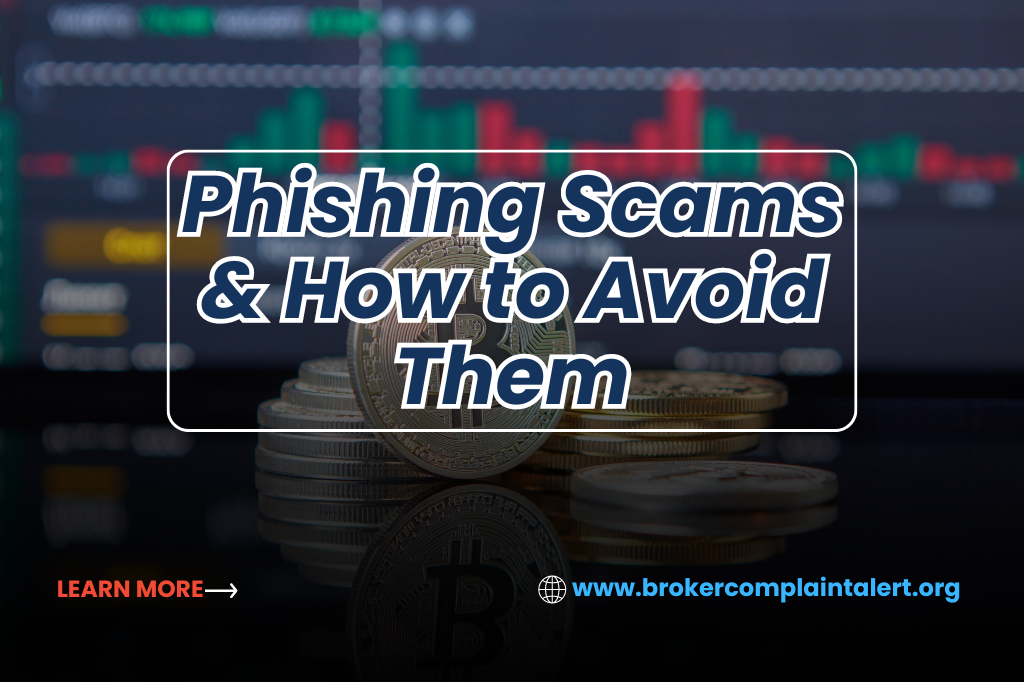In today’s digital age, phishing scams have become one of the most common and damaging forms of cybercrime. These scams are designed to steal sensitive information, such as passwords, credit card numbers, and other personal data, by tricking individuals into providing this information through deceptive means. As cybercriminals become more sophisticated, the importance of understanding and recognizing phishing tactics cannot be overstated. This article aims to inform and educate readers on how to identify and avoid phishing scams, providing practical tips and resources to protect against these pervasive threats.
What is a Phishing Scam?
A phishing scam is a fraudulent attempt to obtain sensitive information by disguising it as a trustworthy entity. Cybercriminals often use emails, text messages, or social media platforms to lure victims into revealing personal data. The attacker typically masquerades as a legitimate institution, such as a bank, social media site, or government agency, to gain the victim’s trust.
Common methods used in phishing include sending emails that appear to come from a reputable source, complete with logos and official-looking formatting. These emails often contain links to fake websites designed to look like real ones.
Once the victim enters their information, it is sent directly to the attacker. Phishing scams can also involve attachments that, when opened, install malware on the victim’s device, enabling the attacker to gain unauthorized access to sensitive information.
Recent high-profile cases highlight the widespread nature of phishing. For instance, in 2020, a massive phishing campaign targeted over 200,000 Microsoft Office 365 users, compromising numerous accounts and causing significant financial and reputational damage. Such incidents underscore the need for increased vigilance and awareness.
What Are The Four Types of Phishing Scams?
Phishing scams come in various forms, each with its unique approach. Understanding these different types can help individuals recognize and avoid them.
- Email Phishing: The most common form of phishing, email phishing involves sending emails that appear to come from legitimate sources. These emails often contain urgent messages, such as “Your account has been compromised” or “You have won a prize.” The goal is to prompt the recipient to click on a link or download an attachment, leading to the theft of personal information.
- Spear Phishing: Unlike generic email phishing, spear phishing targets specific individuals or organizations. These attacks are more personalized, often using information about the victim, such as their name, job title, or recent activities, to make the email appear more credible. Spear phishing is particularly dangerous because it is harder to detect and can lead to significant breaches, especially in corporate environments.
- Clone Phishing: In clone phishing, the attacker creates a nearly identical copy of a legitimate email that the victim has received previously. The only difference is that the cloned email contains a malicious link or attachment. Since the email appears familiar, the victim is more likely to trust it and fall for the scam.
- Whaling: Whaling is a type of phishing that targets high-profile individuals, such as CEOs, executives, or public figures. These attacks are highly sophisticated and often involve extensive research on the target. The goal is to gain access to sensitive information that could lead to significant financial or reputational damage.
If you have lost money to companies like Wiseprofits.biz or Uu0519.com; please report it to us on our Report a Scam form.
Warning Signs of Phishing Scams
Recognizing the warning signs of phishing scams is crucial in protecting yourself from falling victim. Here are some common red flags:
- Poor Grammar and Spelling Mistakes: Many phishing emails originate from non-English-speaking countries, leading to poor grammar and spelling mistakes. While not all phishing emails contain errors, those that do are often easy to spot.
- Urgent Requests or Threats: Phishing emails often create a sense of urgency, claiming that immediate action is required to avoid negative consequences. For example, “Your account will be suspended unless you verify your information.” These urgent requests are designed to pressure the victim into acting without thinking.
- Unknown Senders: Be cautious of emails from unknown senders, especially those requesting personal information. Even if the sender appears legitimate, it’s essential to verify their identity before taking any action.
- Suspicious Links and Attachments: Hovering over a link in an email can reveal the actual URL. If the URL doesn’t match the supposed source, it’s likely a phishing attempt. Similarly, avoid opening attachments from unknown or unexpected sources, as they may contain malware.
- Requests for Sensitive Information: Legitimate organizations will never ask for sensitive information, such as passwords or credit card numbers, via email. If you receive such a request, it’s almost certainly a scam.
How to Prevent Phishing Scams?
Protecting yourself from phishing scams requires a combination of vigilance, education, and the use of security tools. Here are some best practices to help you stay safe:
- Verify the Source: Always verify the authenticity of emails or messages before clicking on links or providing information. Contact the organization directly using a known phone number or website, rather than relying on the contact information provided in the email.
- Avoid Clicking on Suspicious Links: If an email seems suspicious, do not click on any links or download attachments. Instead, report the email to your IT department or email provider.
- Use Two-Factor Authentication (2FA): Two-factor authentication (2FA) adds an extra layer of security by requiring a second form of verification, such as a text message code, in addition to your password. Even if a phisher obtains your password, they won’t be able to access your account without the second factor.
- Keep Software and Security Systems Updated: Regularly updating your software and security systems helps protect against the latest threats. This includes your operating system, antivirus software, and web browsers.
- Educate Others: Phishing scams can affect anyone, so it’s important to educate those around you, such as family members and coworkers, about the dangers of phishing and how to avoid falling victim.
What to Do If You Fall Victim to a Phishing Scam
If you suspect that you have fallen victim to a phishing scam, it’s important to act quickly to minimize potential damage. Here are the steps you should take:
- Change Your Passwords: Immediately change the passwords for any compromised accounts, especially if you use the same password for multiple accounts.
- Report the Phishing Scam: Report the phishing attempt to the relevant authorities, such as your email provider, IT department, or a government agency specializing in cybercrime.
- Monitor Financial Accounts and Credit Reports: Keep a close eye on your financial accounts and credit reports for any unauthorized activity. If you notice anything suspicious, report it to your bank or credit card company immediately.
Broker Complaint Alert
For those who have fallen victim to a phishing scam or other fraudulent activities, Broker Complaint Alert offers a range of services to help recover lost funds and provide guidance through the recovery process.
- Free Consultation: Broker Complaint Alert provides a free initial consultation to assess the situation and offer advice on the best course of action.
- Recovery Service Recommendations: If necessary, Broker Complaint Alert can connect victims with reliable recovery services that specialize in retrieving stolen funds from scams.
- Professional Guidance: Throughout the recovery process, Broker Complaint Alert offers step-by-step support and expert advice to ensure that victims take the right actions to recover their losses.
- Educational Resources: To help prevent future scams, Broker Complaint Alert provides a wealth of educational resources, including blogs, articles, and materials that educate the public on how to recognize and avoid scams.
Conclusion
Phishing scams are a growing threat in today’s digital landscape, but by staying vigilant and informed, you can protect yourself from falling victim. Recognizing the warning signs, following best practices, and educating others are key steps in safeguarding your personal information. If you do find yourself the victim of a phishing scam, services like Broker Complaint Alert are available to help you recover your losses and navigate the complex process of scam recovery. By taking these precautions and utilizing available resources, you can significantly reduce your risk of becoming a target of phishing scams.


